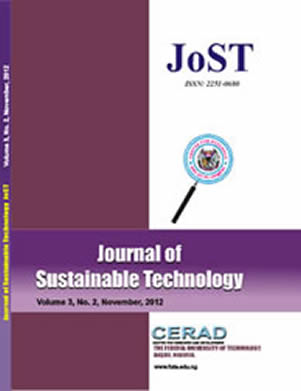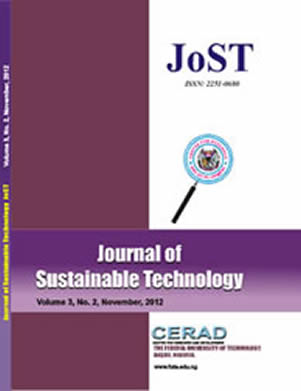Assessment of bedding relationship, textural characteristics and microfossil analysis were conducted on beds of Lamja Sandstone, which occupy the top of Cretaceous succession in the Upper Benue Trough of Nigeria for the purpose of interpreting environment of deposition. The lithology consists of dominant beds of very fine-grained clean sandstone with clasts having graphic mean (Mz) of 3.87φ, standard deviation (σ) of 0.44φ and graphic skewness (sk) of -0.32φ. The beds, about 120m thick are either rippled or horizontally laminated and contains subordinate crystalline limestone and coal seams. Upper beds of dark grey shale and oyster rich limestone (each about 20cm. thick) form the terminal beds of the formation. Petrographically, the sandstone is classified arenite with equant-grained clasts while the limestone bears the strands of the oyster pelecypods within sparitic groundmass. The upper shale bed contains arenaceous foraminifera genera, Ammobaculites, Ammomarginulina, Ammotium, Haplophragmoides, Saccamina and Trochamina which constitute the Turonian-Lower Senonian Plaulina biadnelli-Ammoastuta nigeriana zone. Bed succession and their various attributes depict facies changes from fine-sand particles of a lower shoreface to the upper-bed shale and limestone of the back-barrier brackish sub-environment.
PAPER TITLE :DEPOSITIONAL PATTERNS OF LAMJA SANDSTONE, NORTHEASTERN NIGERIA
JOURNAL Of SUSTAINABLE TECHNOLOGY | VOLUME 2 NUMBER 11 2011
Paper Details
- Author(s) : OPELOYE, S.A
- Abstract:



